Tropical Milkweed
–
–
–
 Full Sun
Full Sun Part Sun/Shade
Part Sun/Shade Medium
Medium Deer Resistant
Deer Resistant Flowering
Flowering
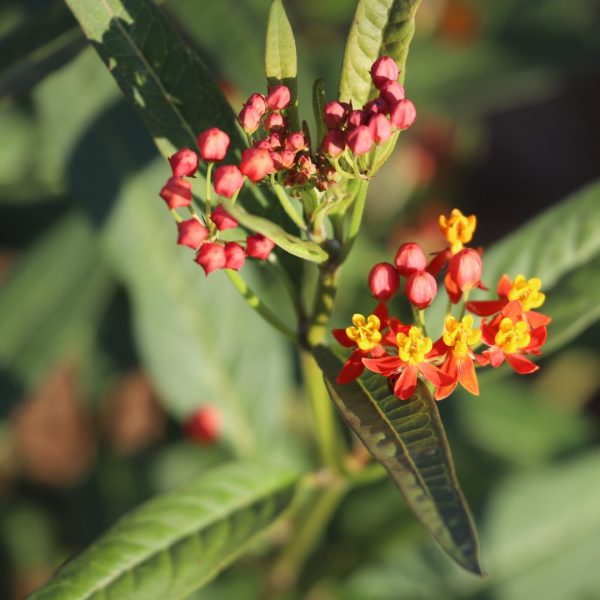
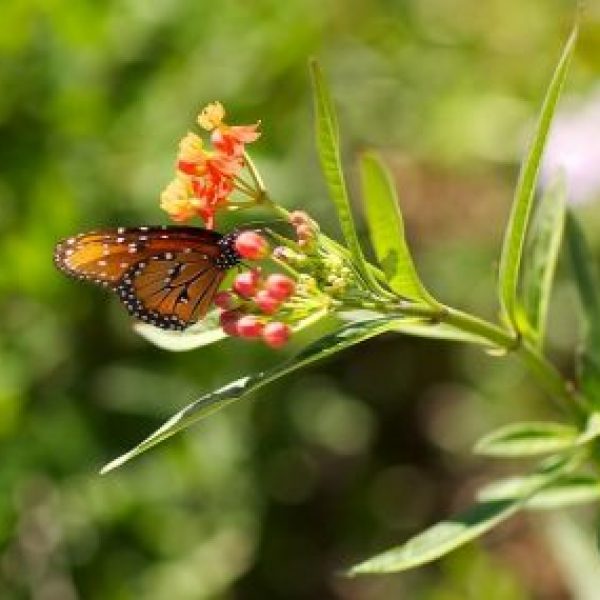
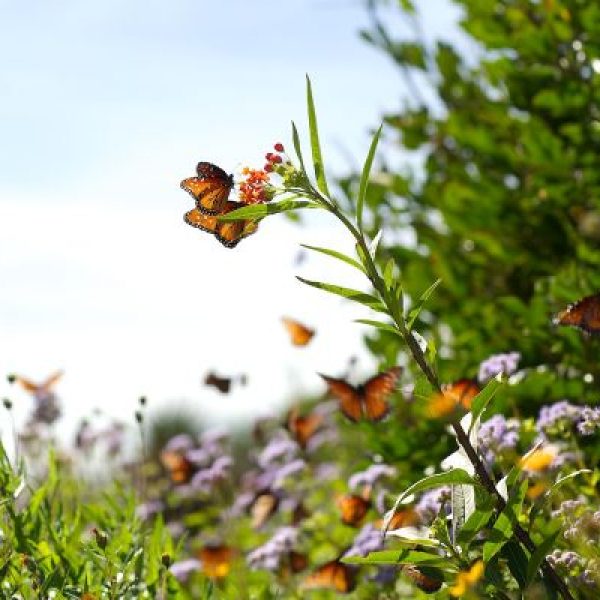
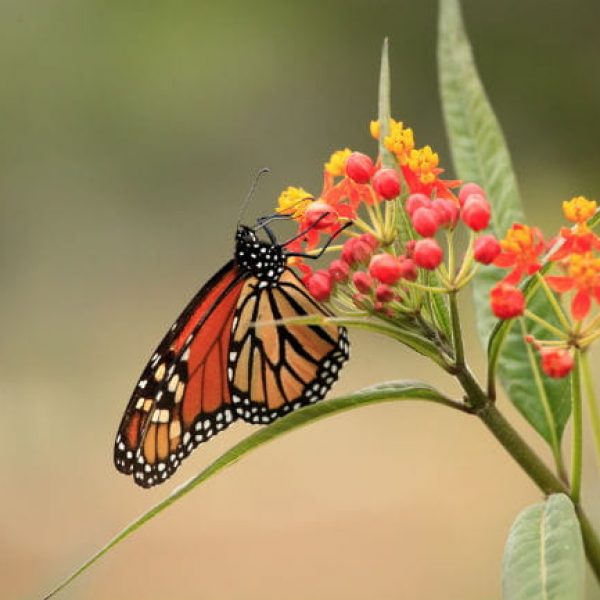
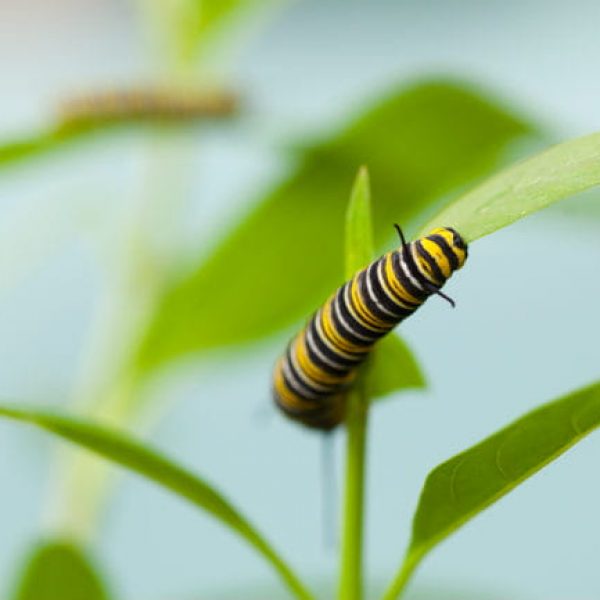
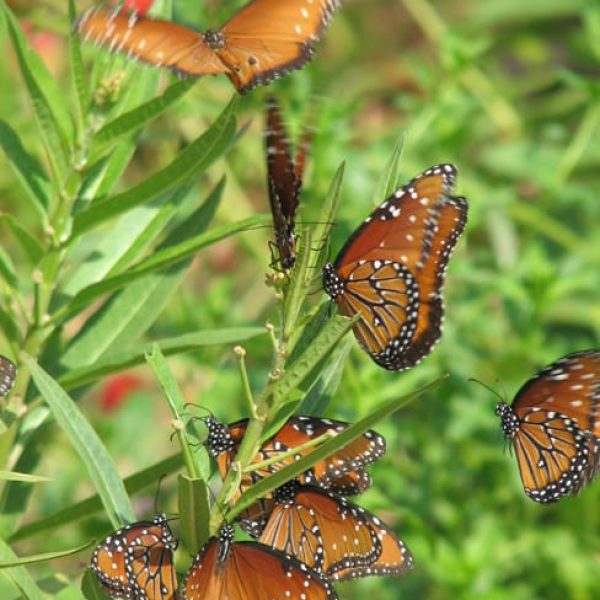
About This Plant
Sun/part shade; an herbaceous perennial with yellow orange and red flowers spring through frost. It attracts monarch butterflies as well as many aphids and ladybugs. Monarchs use milkweeds exclusively for their eggs, and as larval hosts for their caterpillars; it’s been suggested that they evolved on this plant.
If you’re using tropical milkweed to attract monarchs, be aware that growers’ pesticides can be lethal to your caterpillars. Shop for milkweeds that have been grown without pesticides.
Maintenance
Expect milkweed to be heavily grazed by caterpillars and aphids, especially in autumn; this is a part of a natural cycle, so resist the urge to spray pesticides on your insects.
Unlike many milkweeds, tropical milkweed is fairly evergreen. Research suggests this may promote overwintering monarchs that get ravaged by pathogens and then spread it to others. Best practice, for now: cut tropical milkweed back after Halloween and keep it pruned until February. Think of it as a way of encouraging your butterflies to fly on south.
Features
This plant goes well with
 Asclepias asperula
Asclepias asperula Asclepias tuberosa
Asclepias tuberosa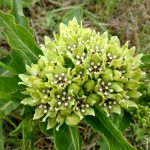 Asclepias viridis
Asclepias viridis Matelea reticulata
Matelea reticulata Asclepias texana
Asclepias texana Asclepias oenotheroides
Asclepias oenotheroides
- List Item #1
- List Item #2
- List Item #3






